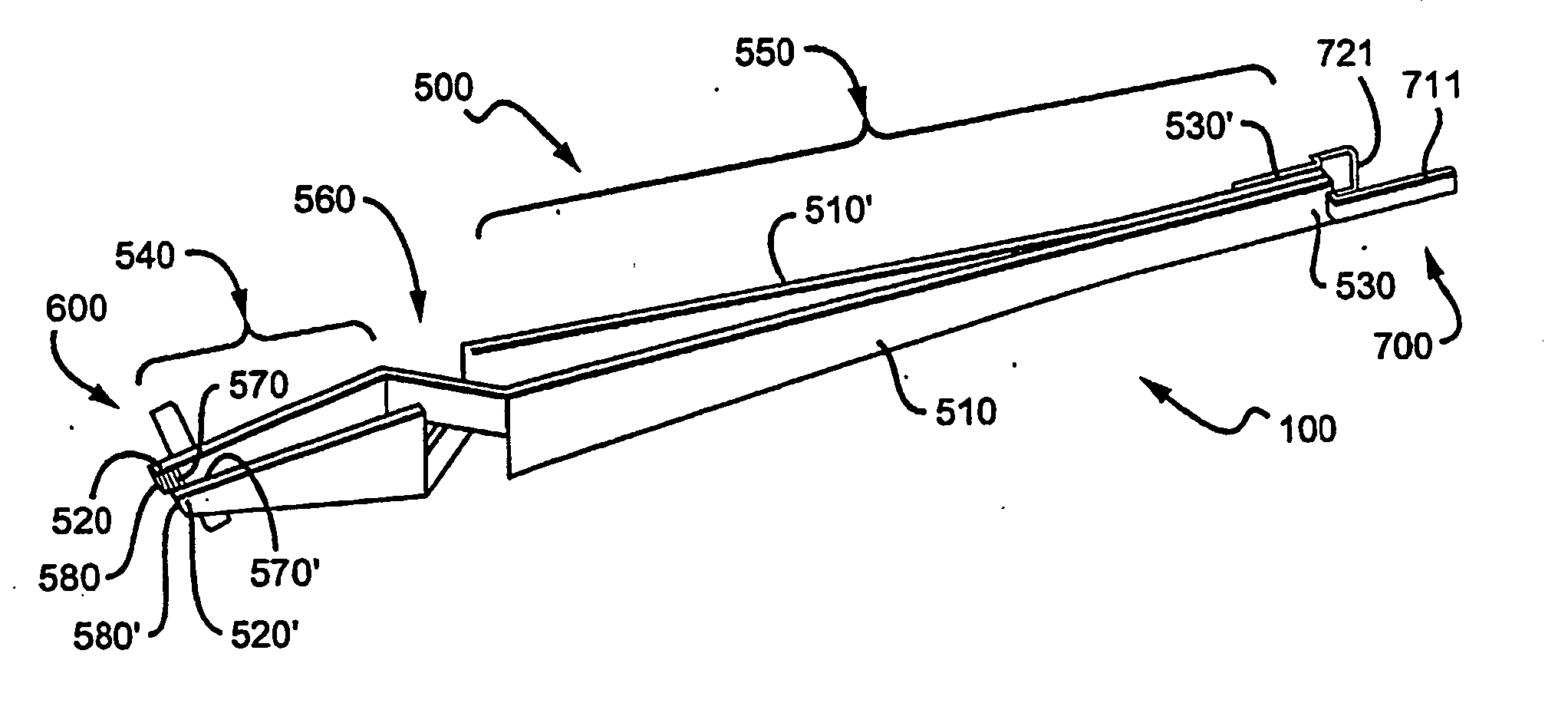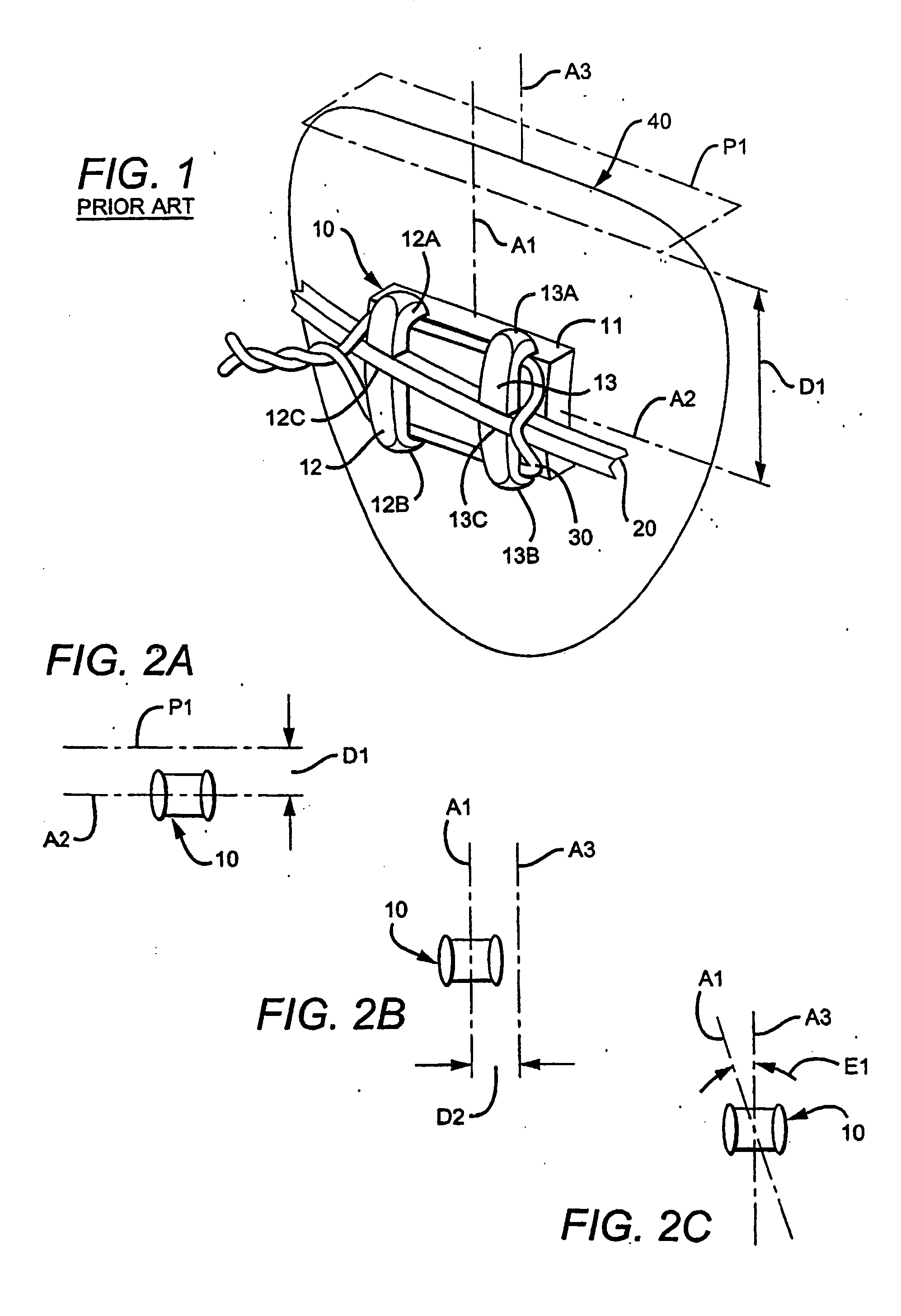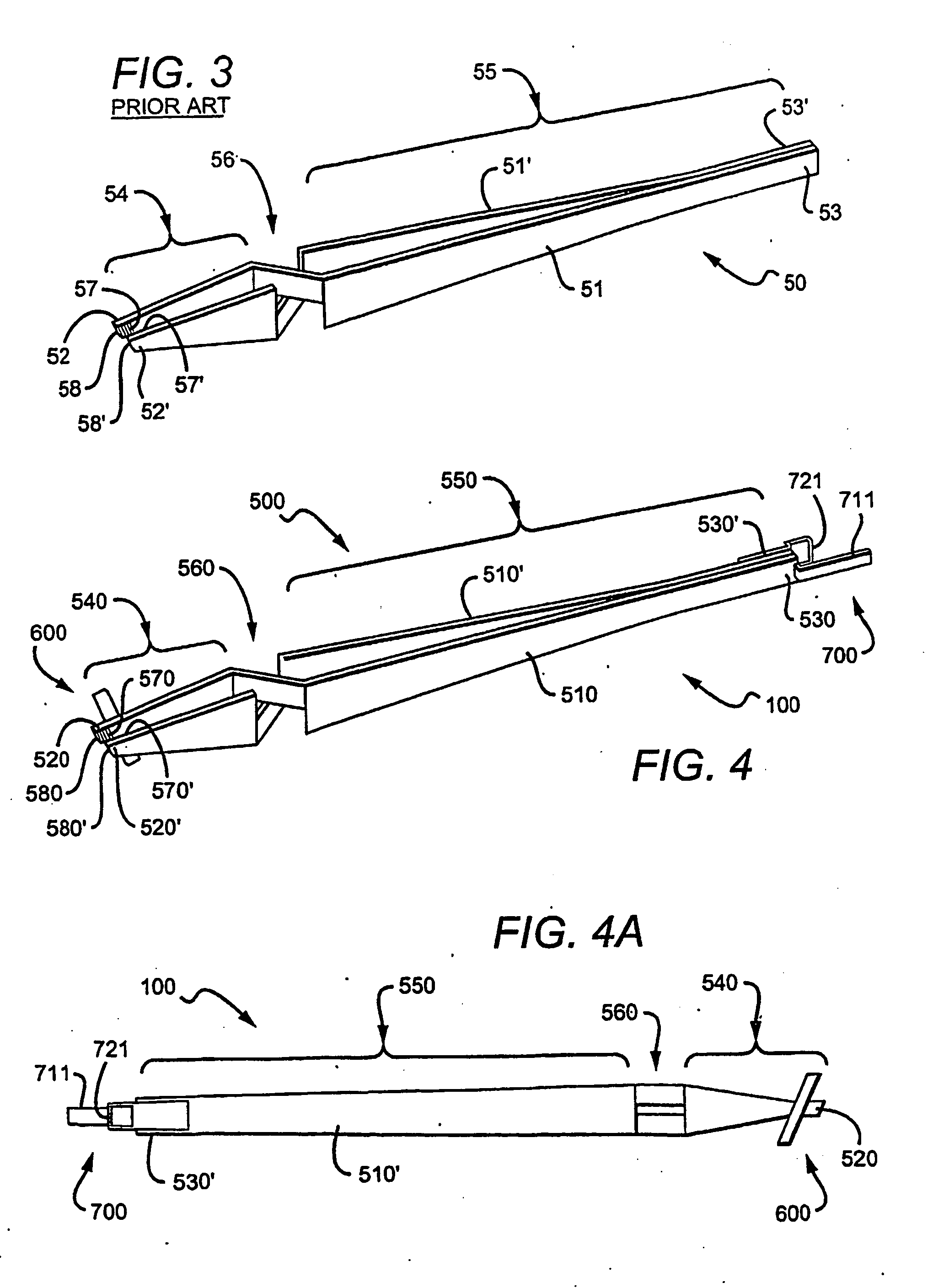Orthodontic appliances systems methods and tools
a technology for orthodontic appliances and systems, applied in dental surgery, medical science, impression caps, etc., can solve the problems of increasing the complexity of prescribing and implementing a treatment plan, economic impracticality, etc., and achieve the effect of patient treatment and prevention of irregular teeth of patients
- Summary
- Abstract
- Description
- Claims
- Application Information
AI Technical Summary
Benefits of technology
Problems solved by technology
Method used
Image
Examples
example # 1
EXAMPLE #1
[0264] a. Determining the arch shape and size: The study model is scanned and the inside shape of the mandible is determined (ovoid, tapered, or square) using sample shapes. This is done ONLY on the lower study model. Once one of these 3 shapes is chosen, then the size (small, medium, large, non-extraction) is chosen from the available archform shapes by overlaying the shape over the study model teeth, leaving approx. 2 mm of space for the brackets on the face of the teeth.
[0265] Next, the treatment planned for that case is factored into the archform. If extraction is the treatment, then the original archform is maintained. If non-extraction is chosen then an enlarged archform is chosen. It is possible to choose one size for the lower and another for the upper in cases with transverse problems (ie. Posterior crossbite).
[0266] Next, the esthetic desires of the patient are considered. Those desiring a wide smile may have a larger archform selected (or even a different shap...
PUM
 Login to View More
Login to View More Abstract
Description
Claims
Application Information
 Login to View More
Login to View More - R&D
- Intellectual Property
- Life Sciences
- Materials
- Tech Scout
- Unparalleled Data Quality
- Higher Quality Content
- 60% Fewer Hallucinations
Browse by: Latest US Patents, China's latest patents, Technical Efficacy Thesaurus, Application Domain, Technology Topic, Popular Technical Reports.
© 2025 PatSnap. All rights reserved.Legal|Privacy policy|Modern Slavery Act Transparency Statement|Sitemap|About US| Contact US: help@patsnap.com



